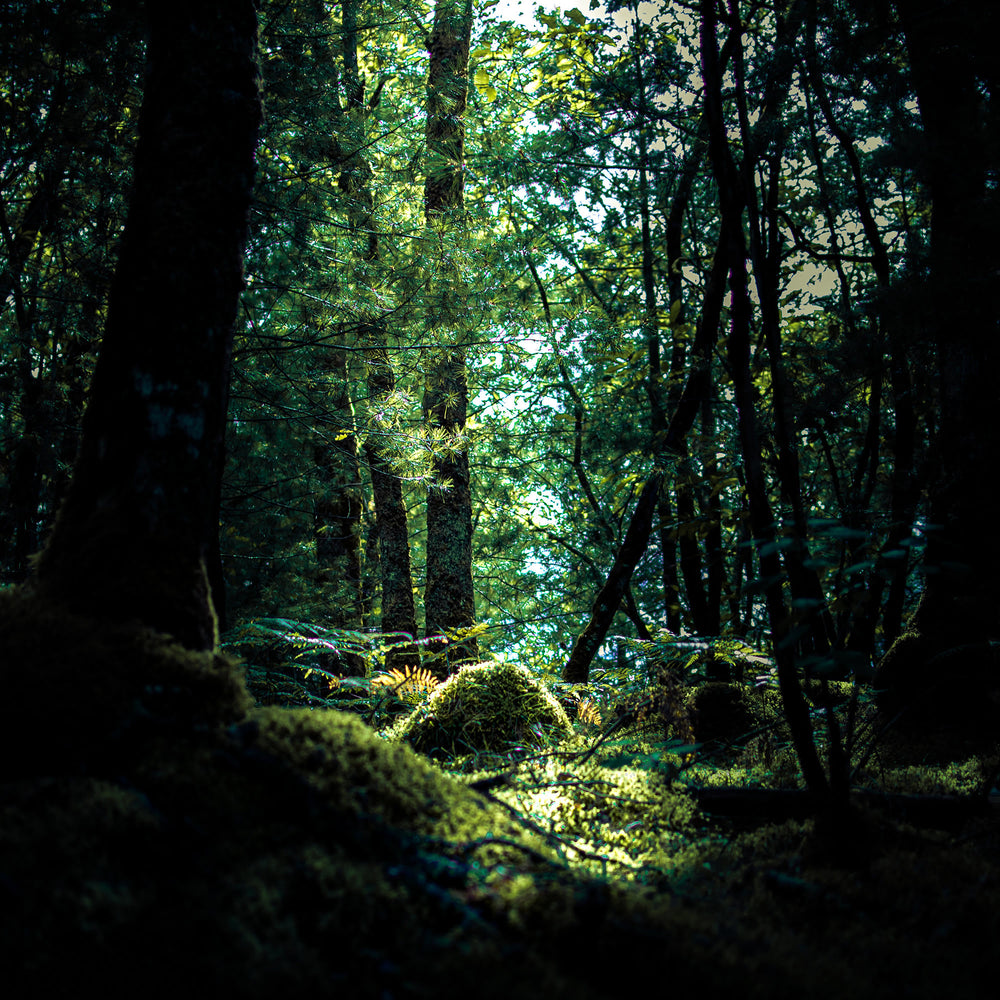The Next Eco-Friendly Movement: Blue Beauty
Every industry is evolving itself to become more eco-friendly and reduce its impact on the environment. The beauty industry is no exception as one of the most heavily criticized industries for its single use plastic and its plastic waste. While we’ve all heard of ‘green beauty’, there’s another beauty movement that’s gaining momentum.
Meet ‘blue beauty’, a beauty movement with a focus on ocean conservation and protecting our coral reefs and marine life. If you’re looking to protect the environment while enjoying the benefits of clean beauty, blue beauty will be right up your street. Read on to find out more about the latest eco-friendly movement to hit the beauty industry.

What is Blue Beauty?
While the name might be deceiving, blue beauty has nothing to do with colour trends. It’s all about creating a more environmentally friendly beauty industry, tackling everything from plastic waste in our landfills and oceans to encouraging the use of recycled materials.
With over 5 trillion pieces of plastic in our oceans, the blue beauty movement has arrived just in time. The so-called blue beauty movement was started by Jeannie Jarnot, the founder of Beauty Heroes, beginning with ‘project blue beauty’.
This sustainability-focused movement is all about ocean conservation and promoting ingredients that are safe for coral reefs with an ambition of making zero-waste packaging the norm. Along with promoting the use of recycled materials and refillable packaging, blue beauty also seeks to get rid of harmful ingredients like silicones, Teflon, and oxybenzone.
The goal of blue beauty is to tackle the growing problem of single used plastic within the beauty industry, which uses over 8 billion units of plastic packaging every year.
What is the Difference Between Blue and Green Beauty?
It’s easy to confuse blue beauty with green beauty. These two sustainability movements work in cohesion and unison with each other. Green beauty is another term frequently used alongside ‘clean beauty’, which focuses on sustainably sourced ingredients that are kind to both your skin and the planet.
While green beauty focuses primarily on the ingredients inside beauty products, blue beauty shifts its focus on the impact of single use plastic and plastic waste on marine life. It also promotes the regulation of harmful chemicals and encourages a zero-waste beauty industry.

How are skincare brands protecting our Ecosystem?
Production
Ocean conservation starts with product production. Skincare brands can protect our ecosystems by using sustainably produced ingredients that are lab-grown instead of being harvested from the ocean. When an ingredient is harvested from the ocean, it disrupts the coral reefs and marine life.
Packaging
One of the most common changes being made by brands in the beauty industry is by adopting more environmentally friendly packaging. FSC certified recycled materials are becoming increasingly popular and can be composted or recycled again after use to continue their life cycle.
Refillable packaging is another initiative that is making waves across the beauty industry, from cleansers to shampoo and lipsticks. It’s all about encouraging you to maintain the case – whether it’s a lipstick or eyeshadow palette- by switching out the main component once it’s finished. It helps to reduce plastic waste by lowering the amount of plastic and components used.
More packaging is being made eco-friendly, whether it’s recyclable pumps for cleansers or zero-waste packaging for soaps.
Delivery
It’s not just packaging where the beauty industry is causing issues for the environment. CO2 emissions are one of the biggest talking points across the board for sustainability. Some beauty brands are taking active steps to offset the carbon emissions produced during the shipping and delivery of their products to neutralize their impact. You’ll often see independent and up-and-coming beauty brands promoting their carbon-neutral delivery.

Recycling
Consumers have a role to play in the blue beauty industry as well. Brands and department stores are increasingly encouraging their customers to recycle their products after used. Brands like MAC Cosmetics and LUSH have long had recycling initiatives that encourage customers to return empty products in-store for a free item. Maybelline has been introducing dedicated recycling stands at their kiosks internationally to make it easy for customers to recycle their used beauty products.
If you care about ocean conservation, your skincare routine is the perfect place to start making active and practical changes that will benefit our marine life and coral reefs.
